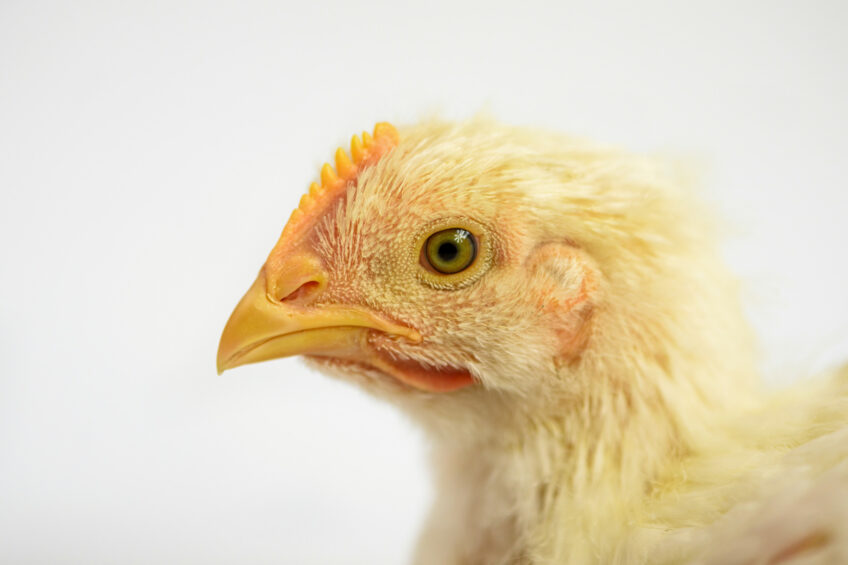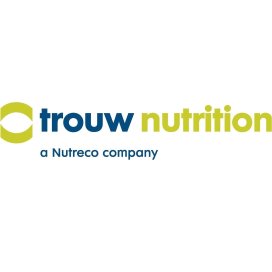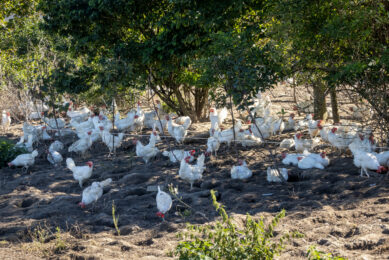Modelling leads to smarter use of Ca and P in broilers

Calcium and phosphorus are essential nutrients for broilers, yet their specific utilisation for bone development, muscle growth, fat deposition, or non-utilisation (excretion) remained unclear for a long time. Modelling research conducted by Trouw Nutrition has bridged this gap, enabling nutritionists to make more informed decisions that balance economic efficiency with sustainability.
Calcium (Ca) is vital for skeletal development and numerous other physiological functions in broilers. The same holds true for phosphorus (P). Beyond their individual importance, these two minerals share a unique and interdependent relationship in terms of absorption and post-absorptive utilisation. Around 99% of the body’s Ca is stored in the bones, primarily in the form of hydroxyl-apatite, where it is combined with P in a 2:1 ratio. This close association means that when a bird experiences a calcium deficiency or increased demand (due to growth, or in the case of layer, due to eggshell formation), calcium is mobilised from bone reserves into the bloodstream, releasing both Ca and P in that same 2:1 ratio, though as separate molecules.
Overfeeding Ca “just to be sure”
To prevent deficiencies of Ca and P, poultry diets are typically supplemented with calcium (commonly in the cost-effective form of limestone), inorganic P, and phytase enzymes. Phytase helps release the P bound/locked in cereals and other plant-based feed ingredients (in the form of phytate). Often, Ca and P are supplemented in the same 2:1 ratio as found in the bone reserve. However, using the same ratio and feeding more than needed (“just to be sure”) may not always be the optimal approach.
This is because our understanding of the complex Ca-P interaction is still evolving and bioavailability and metabolic dynamics in the bird should be considered. Excessive Ca supplementation can negatively impact P digestion and the other way around. The excess P may end up in the manure. This, in turn, poses a serious environmental risk as P could migrate to water resources through surface runoff or leaching, which would lead to eutrophication of water bodies. Incorporating Ca and P digestibility in the formulation matrix can therefore be a true challenge.
An ongoing research topic worldwide
While the interaction between Ca and P is complex, it is critically important when formulating diets that balance economic viability, animal performance, and sustainability. As a result, finding the optimal Ca:P ratio and better understanding metabolism around these elements continues to be a major area of research at universities, institutions, and companies worldwide. “At Trouw Nutrition, we are also deeply engaged in advancing our understanding of Ca and P digestion, absorption, and their interactions,” explains Matheus Reis, poultry modelling scientist at Trouw Nutrition.
He continues: “Our goal is to translate this knowledge into practical applications that help nutritionists and farmers make better-informed decisions. This is particularly important as poultry producers face increasing pressure to operate more efficiently and sustainably. In some regions, strict regulations even limit the amount of P (and nitrogen) that can be released from farms, even pushing farmers to reduce animal numbers to keep on farming. This means we must optimise nutrient utilisation in diets and avoid the common, intuitive, but inefficient, practice of overfeeding certain nutrients like Ca.”
Where and how is Ca and P used?
According to Reis, achieving a complete understanding of Ca and P nutrition is more complex than it might appear. “This is because increasing the concentration of one mineral, either Ca or P, can reduce the absorption of the other,” he explains. “However, we have made significant progress over the past few decades. For example, we used to rely on total Ca and P values, but the industry has now shifted toward using digestible Ca and digestible P, which provide a more accurate picture of what the bird absorbs and utilises. And the industry is aligned on this approach.”
Modelling work by Trouw Nutrition and others (among which Professor Marie-Pierre Létourneau Montminy from the Université Laval in Canada) provided exciting new insights around the prediction of the so-called ‘metabolic fate’ of Ca and P. This research provides us with information on how to use the model to estimate how much of the ingested Ca and P contribute to bone formation, body ash, blood, soft tissues like muscles and fat, and the portion that gets excreted without being absorbed. According to Reis, modelling the amounts of Ca and P in broiler metabolism helps to understand the dynamics of these minerals in the body, to predict and even influence Ca and P excretion to the environment.
Next step: estimate requirements
“The work done on the interaction between Ca and P and their effects on mineral retention and excretion (their metabolic fate) has been a great step forward in unravelling the complex interaction between Ca and P and better control losses. However, the model has not yet been used to estimate the nutritional requirements for these minerals. Addressing this gap was the primary objective of a recent follow-up study coordinated by Trouw Nutrition at the Poultry Research Center (Spain) in collaboration with the Université Laval (Canada), INRA (France), UNESP (Brazil), and the University of Maryland (USA).
This latest research on Ca and P requirements for broilers will be presented at the upcoming Modnut conference, a leading event on modelling science (see box). Reis: “We simulated broilers consuming feed with increasing levels of Ca and constant non-phytate P, and vice-versa.” The model inversion used a factorial approach to estimate Ca and P requirements. Model outputs were assessed via global sensitivity analysis and compared with Brazilian feed tables (Rostagno et al. 2024), Ross 308 guidelines (Aviagen, 2022), and 2 dose-response trials for validation.
“The proposed model offers a robust tool to estimate Ca and P requirements for optimal bone mineralisation, supporting precision feeding strategies for more sustainable and efficient poultry production,” says Reis. Results obtained with the inversion of the model will be shared at Modnut and will be available in the proceedings of the event (published by the journal Animal).
Conclusion
The primary motivation for studying Ca:P dynamics in broilers is to reduce environmental P losses. And since Ca and P are closely linked, evaluating P alone is not sufficient. Reis says: “Our ongoing research focuses on these interactions, leveraging our expertise in nutrition and modelling. We have already gained insights into the metabolic fate of Ca and P during digestion, and we are now working to refine their dietary requirements to optimise growth, bone mineralisation, and the efficient use of various Ca and P sources, also when high levels of phytase are used.”
Reis concludes: “The advancements we made in unravelling the complex behaviour of Ca and P will support more cost-effective and sustainable broiler diet formulations. Looking ahead, I expect Ca and P requirements in broilers to be expressed using digestible values, as is already common in swine nutrition. We might even need to re-consider the 2:1 ratio of Ca and P we currently apply in supplementation.”






